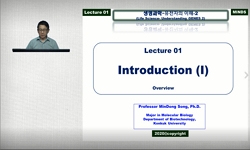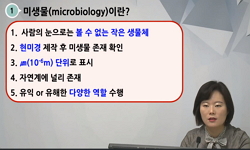PURPOSE. Autoclaves and UV sterilizers have been commonly used to prevent cross-infections between dental patients and dental instruments or materials contaminated by saliva and blood. To develop a dental sterilizer which can sterilize most materials,...
http://chineseinput.net/에서 pinyin(병음)방식으로 중국어를 변환할 수 있습니다.
변환된 중국어를 복사하여 사용하시면 됩니다.
- 中文 을 입력하시려면 zhongwen을 입력하시고 space를누르시면됩니다.
- 北京 을 입력하시려면 beijing을 입력하시고 space를 누르시면 됩니다.
https://www.riss.kr/link?id=A99588745
- 저자
- 발행기관
- 학술지명
- 권호사항
-
발행연도
2013
-
작성언어
English
- 주제어
-
KDC
515
-
등재정보
SCIE,SCOPUS,KCI등재
-
자료형태
학술저널
-
수록면
2-8(7쪽)
- DOI식별코드
- 제공처
- 소장기관
-
0
상세조회 -
0
다운로드
부가정보
다국어 초록 (Multilingual Abstract)
PURPOSE. Autoclaves and UV sterilizers have been commonly used to prevent cross-infections between dental patients and dental instruments or materials contaminated by saliva and blood. To develop a dental sterilizer which can sterilize most materials, such as metals, rubbers, and plastics, the sterilization effect of an atmospheric pressure non-thermal air plasma device was evaluated. MATERIALS AND METHODS. After inoculating E. coli and B. subtilis the diamond burs and polyvinyl siloxane materials were sterilized by exposing them to the plasma for different lengths of time (30, 60, 90, 120, 180 and, 240 seconds). The diamond burs and polyvinyl siloxane materials were immersed in PBS solutions, cultured on agar plates and quantified by counting the colony forming units. The data were analyzed using one-way ANOVA and significance was assessed by the LSD post hoc test (α=0.05). RESULTS. The device was effective in killing E. coli contained in the plasma device compared with the UV sterilizer. The atmospheric pressure non-thermal air plasma device contributed greatly to the sterilization of diamond burs and polyvinyl siloxane materials inoculated with E. coli and B. subtilis. Diamond burs and polyvinyl siloxane materials inoculated with E. coli was effective after 60 and 90 seconds. The diamond burs and polyvinyl siloxane materials inoculated with B. subtilis was effective after 120 and 180 seconds. CONCLUSION. The atmospheric pressure non-thermal air plasma device was effective in killing both E. coli and B. subtilis, and was more effective in killing E. coli than the UV sterilizer.
동일학술지(권/호) 다른 논문
-
Editorial: New Horizon in Advanced Prosthodontics
- 대한치과보철학회
- Sang-Wan Shin
- 2013
- SCIE,SCOPUS,KCI등재
-
- 대한치과보철학회
- Sandeep Kumar
- 2013
- SCIE,SCOPUS,KCI등재
-
Retention of fiber posts to the optimally and over-prepared dowel spaces
- 대한치과보철학회
- Hesham Ibrahim Othman
- 2013
- SCIE,SCOPUS,KCI등재
-
Influence of the implant abutment types and the dynamic loading on initial screw loosening
- 대한치과보철학회
- Eun-Sook Kim
- 2013
- SCIE,SCOPUS,KCI등재







 RISS
RISS







